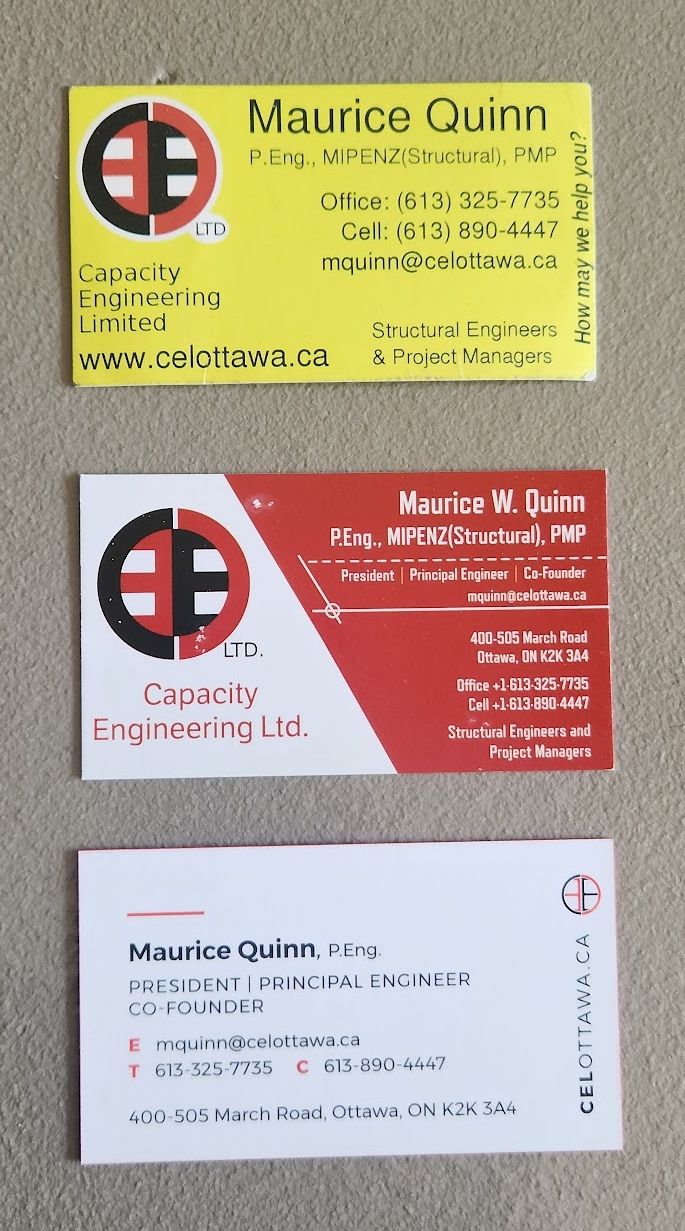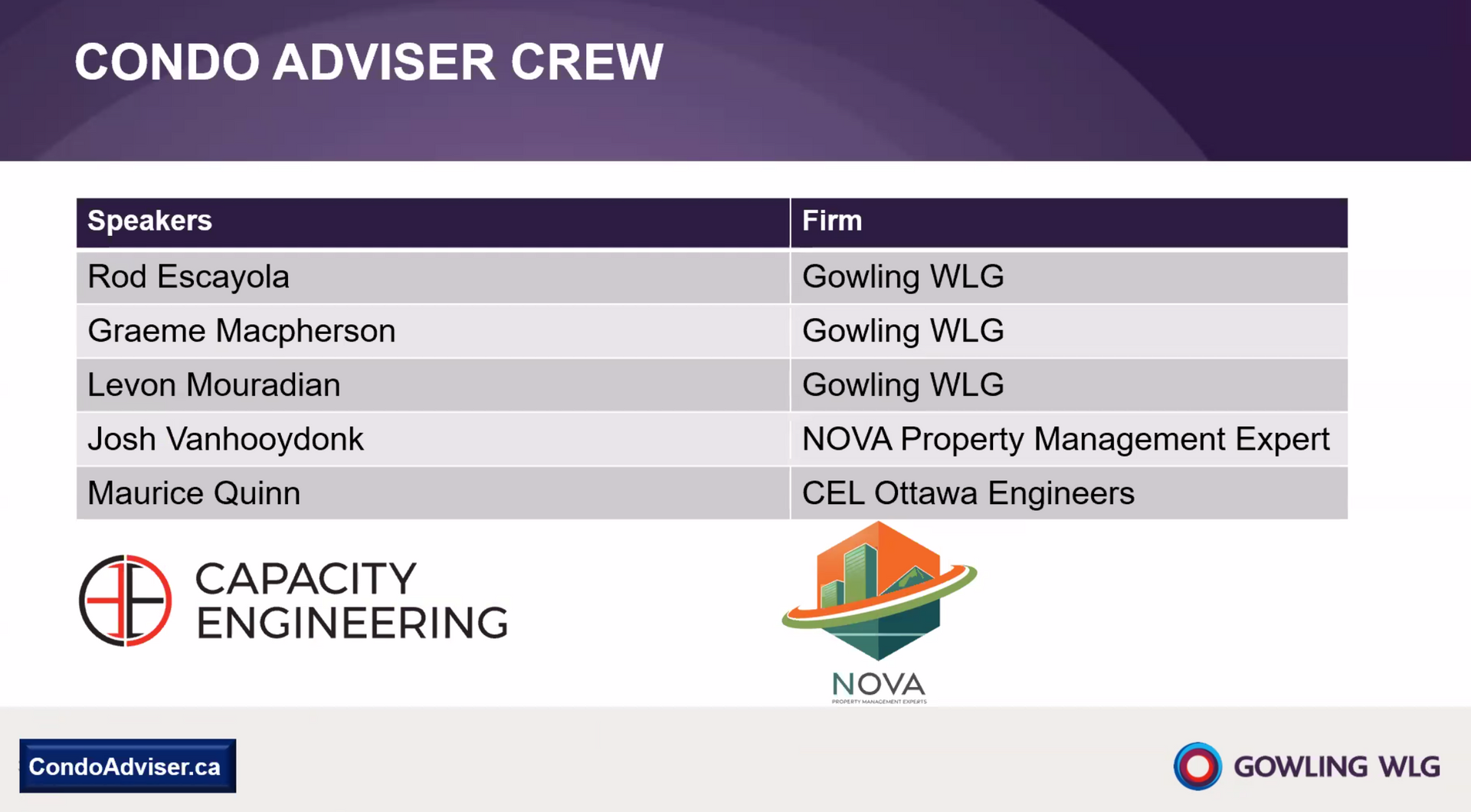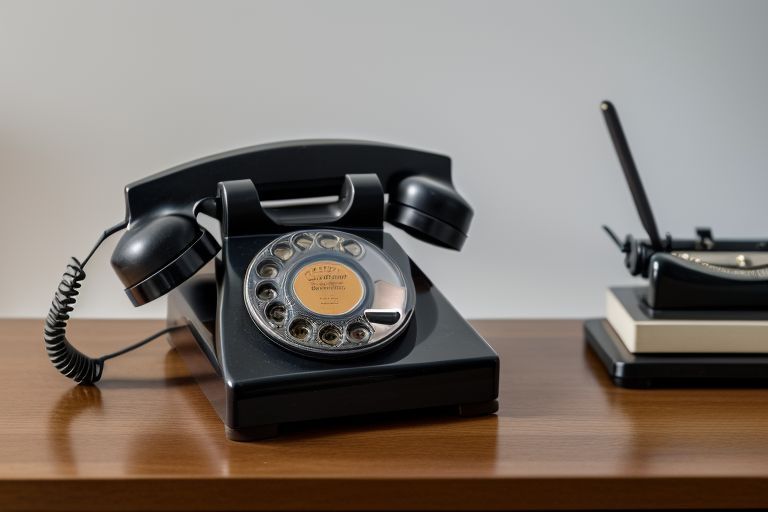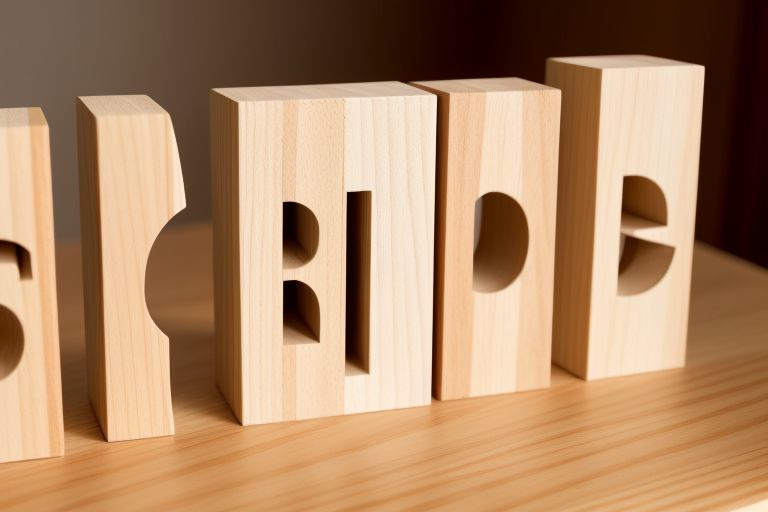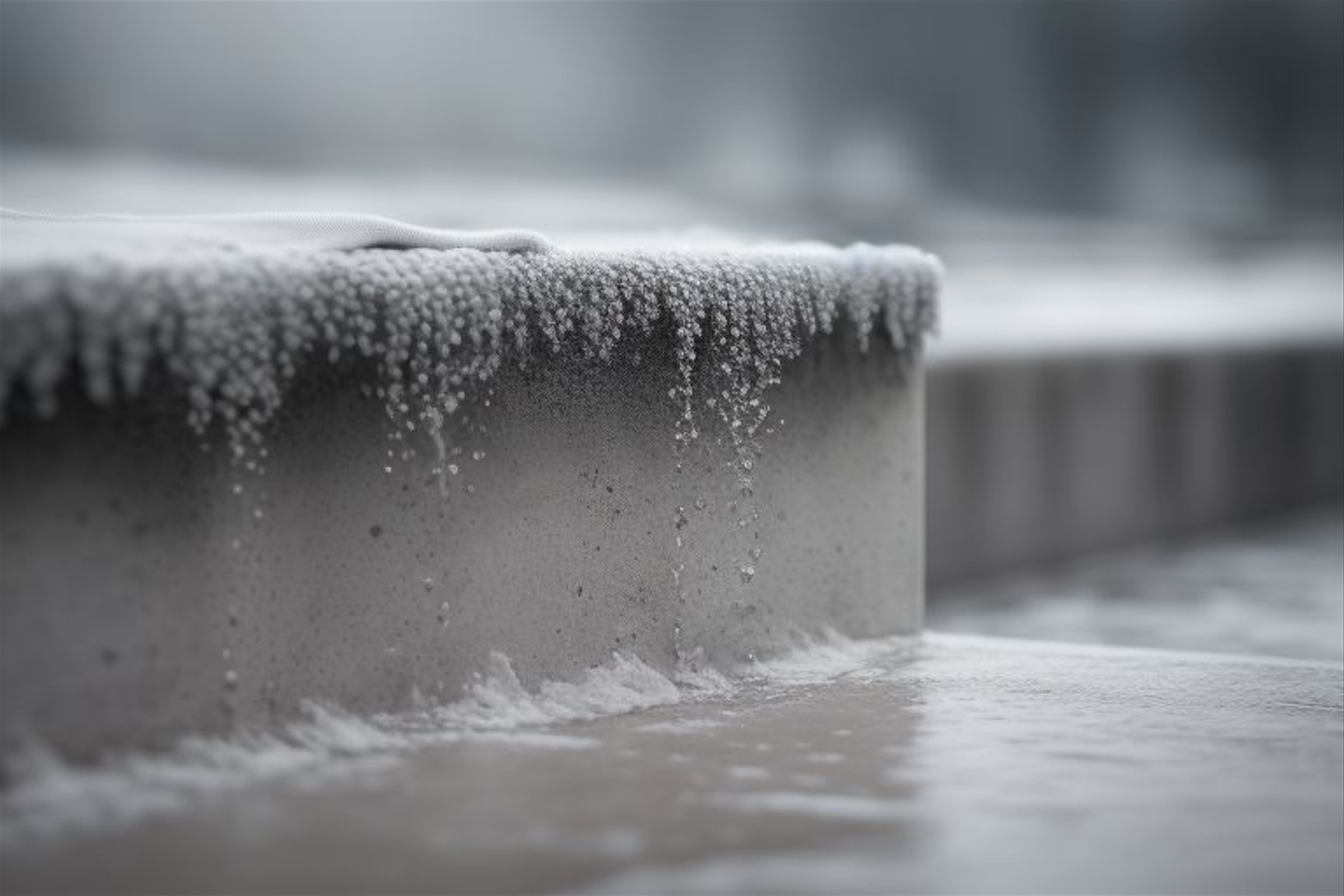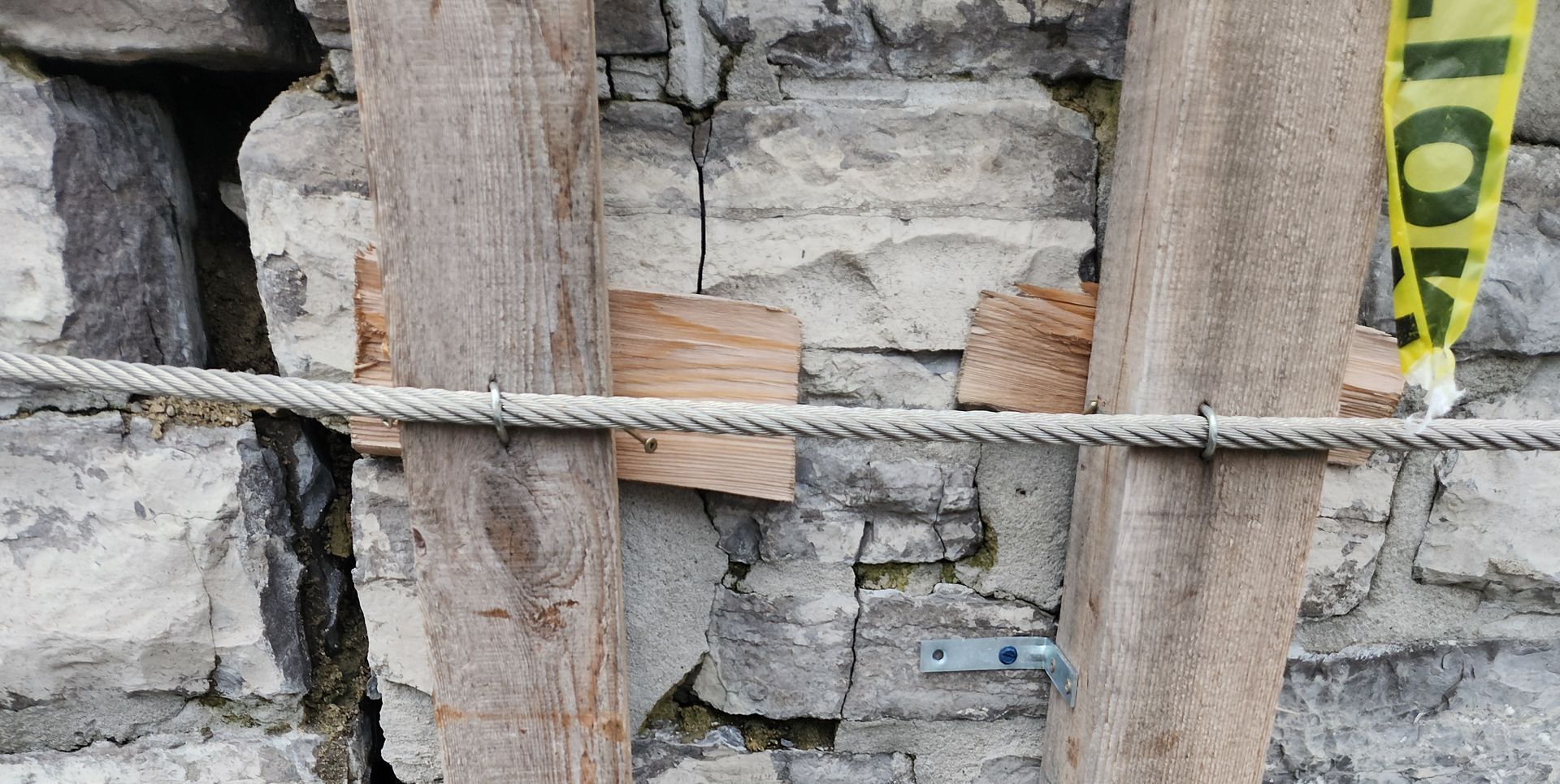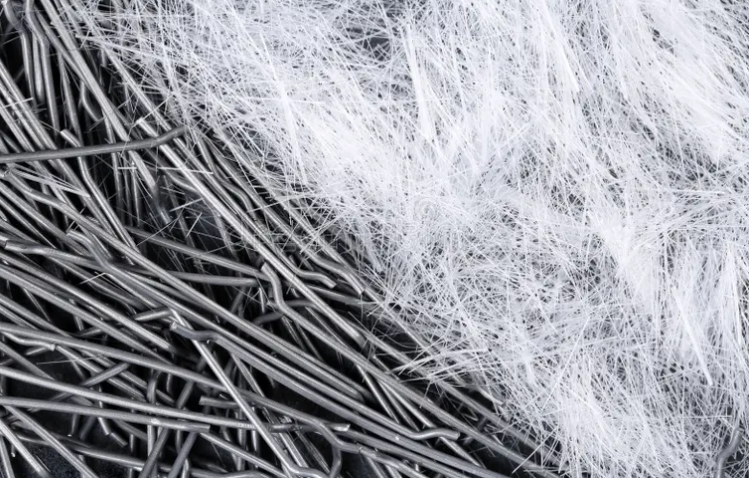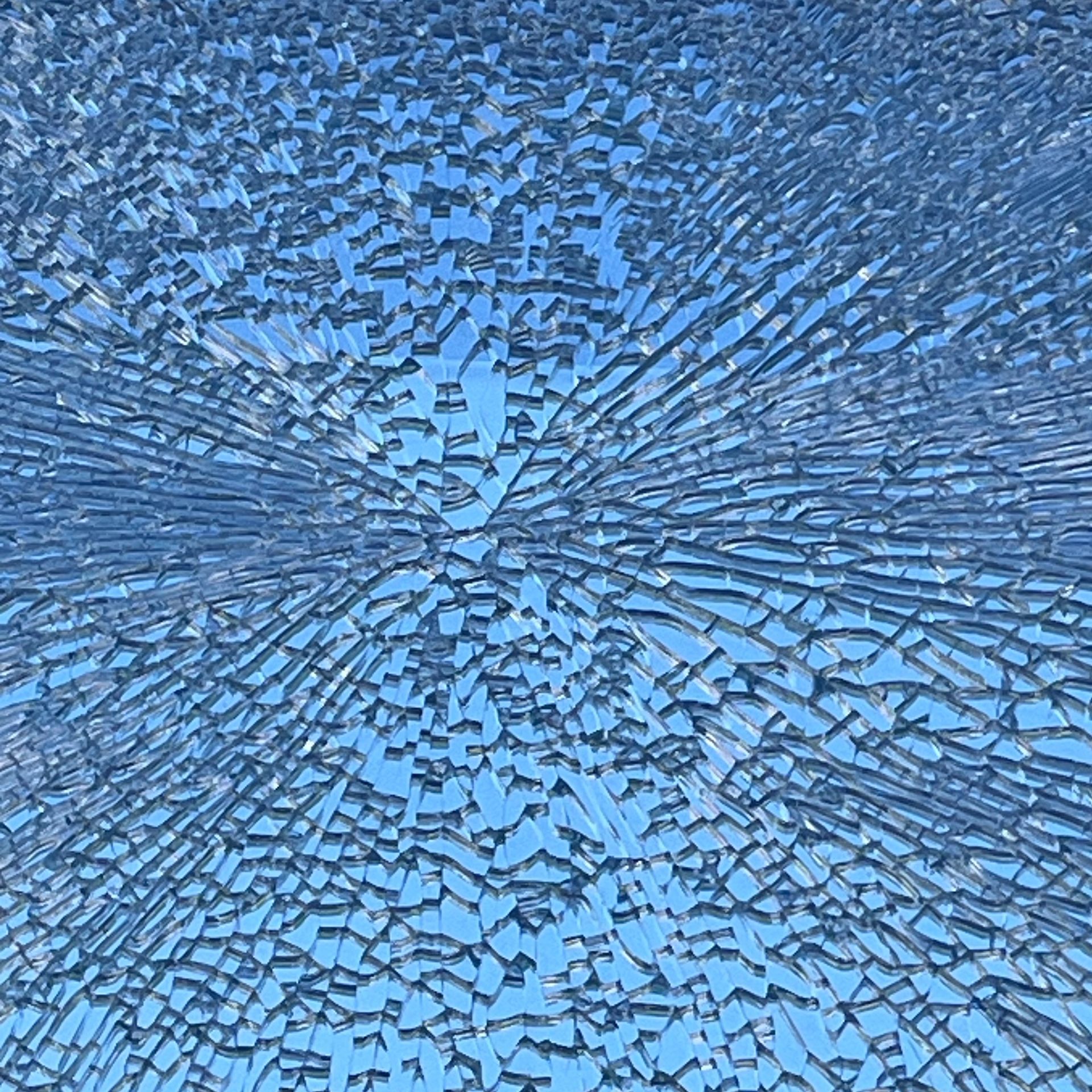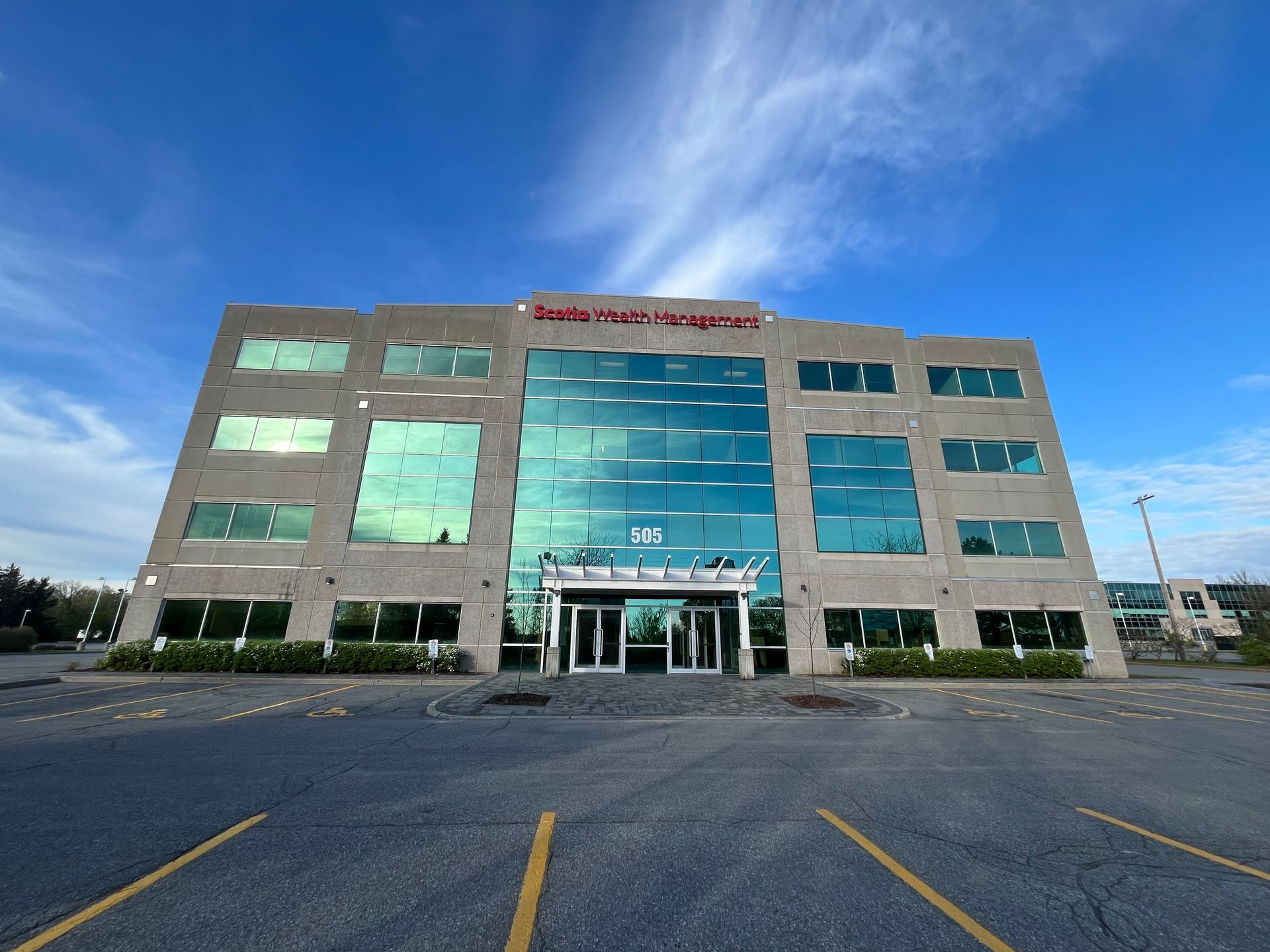Tornado Damage? Take our helping hand...
Discounted Forensic Engineering for Ottawa...

The Staff and Board of Capacity Engineering Limited are pulling together to help the community. We're going to offer our Forensic Engineering services (Investigation, Repair Design & Specification, Insurance Claim Support, etc.) to the community at 42% of our standard rates. As we've said elsewhere: We are a part of this community, and this community can and will pull together time and again. We want to help, we're here and able to help.
My house was close to a Tornado touching down... Should I worry?
There are many varied effects from the high winds produced by damaging storms like Tornadoes, Derechos, Ice Storms, etc. In the case of Tornadoes, we look not only for the flying object damage, but also we must consider the hidden effects of high winds. In some cases, a building will have been pulled or pushed past the Serviceability Limit State (SLS); meaning that damage other than collapse has occurred, potentially including hidden issues like drywall pops and cracking, shifting and lock-in (when a timber frame wall and the lining are pushed to their limit, but jam up and lock together in the displaced position). Some of these effects can take weeks and months to reveal themselves. We have worked on a number of buildings where significant damage to the trusses was only discovered some time later, often from sudden cracking and drywall pops which showed up long after the event. The damage might be an SLS scale of failure at first, but putting those trusses through an Ottawa winter is anything but a good idea.
So, what to do? Well, if you've been within a half a kilometer from a Tornado's path, or if you find windows or doors suddenly sticking after a major storm, consider having someone come through and review the situation. The trusses in a roof should be checked, the walls should be surveyed, the exterior should be photographed and a record of the conditions made. Most of these don't require any specialist knowledge until an issue has been discovered: Have a look in your attic. Step well back and have a good look at your roof. If your neighbourhood has been hit by a Tornado, you may well be affected and not even know it. Every home owner should have regular records of their home's condition. When was the last time you took a photo of your house? How about photos of all the surfaces, including those back corners behind the bushes?
While the following list should in no way be considered extensive, or even professional advice, here are the things we think
everyone who's building has been through a so-called "near miss" should look out for:
1. Check all your windows and doors for good function. A change or jammed window or door is a serious red-flag for further storm-caused issues.
2. Missing roof shingles. Look around your house. Shingles from roofs often wind up on the ground. They may represent a large gap in your roof's primary waterproofing. Step well back, ask a neighbour to look from their windows, or use a drone. Look at the whole roof and look carefully; sometimes shingles have come loose or shifted, but not flown off.
3.
Debris and litter on your roof. If you have eaves troughing, that litter is going to fill it up and potentially clog the works.
4. Get up in your attic and take a good look along every truss, front and back. Look out for cracks, shakes, and wanes. Look those up; it matters. Look at all the truss plate connectors, and make sure they are tight and flat against the timber of the truss members.
5. Look to see that the insulation hasn't shifted and covered the eaves/soffit venting. That's not okay; your roof has to breathe, or you're going to greatly increase the risk of rot and negatively affect the correct function of your insulation.
Over the coming weeks and months, you should watch out for:
A. Newly / Sudden changes. Floors or stairs creaking that were silent?
B. Sudden banging or odd creaking noises, particularly at night (the structure may be changing as it cools, releasing the "lock-in". Damage often shows itself now, not before.
C. Drywall cracks and pops, particularly in patterns around the extremes of the house (along the top of the walls along the underside of the roof, for example).
What should you take away from this? NOT ALL DAMAGE IS OBVIOUS. Go. Look. Check. Let us know if you need help; we're here. We're happy to pay back this community that has been such a large part of our success. Thanks Ottawa, and good luck.
